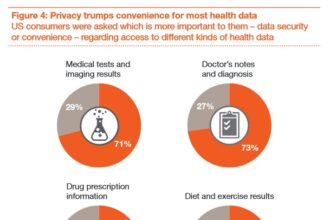The National Institutes of Health has faced some critical fire lately: for funding studies that don’t turn into treatments, for not paying enough heed to the “valley of death” (the stage between bench science and clinical trials), and for not funding enough basic research because of budgetary constraints. But few have asked: how could the agency better select prospective projects?
The National Institutes of Health has faced some critical fire lately: for funding studies that don’t turn into treatments, for not paying enough heed to the “valley of death” (the stage between bench science and clinical trials), and for not funding enough basic research because of budgetary constraints. But few have asked: how could the agency better select prospective projects?
Researchers at MIT and Brigham and Woman’s Hospital in Boston published an intriguing theory: base NIH funding similarly to how investment companies handle portfolios, complete with return on investment calculations. But what would a rate of return be in biomedical research? Years of life saved per dollar spent, say Andrew Lo and his colleagues in their paper published in PLoS One.
But as the authors and others admit, “years of life saved” is probably an overly simplistic measure. Perhaps the authors were trying to make a point in the most extreme way possible.
The paper does illustrate that NIH’s current criteria for funding should be questioned. The agency currently rates projects according to public needs, scientific quality of the proposal, likelihood of scientific progress, need for diversified research, and the need to support people, equipment and facilities. All but the first criteria are not really related directly to improving healthcare, at least not on the individual patient level.
The “portfolio theory” article succeeded in prompting me not only to think about the shortcomings of the current funding formula but also to question the wisdom of the authors’ proposed alternative:
- Many disease states—rare diseases, and chronic but painful forms of cancer, for example–would suffer after changing to a “portfolio theory” for allocation of funding, either due to the relatively low number of affected patients or as a result of isolating years of life saved to the exclusion of important benefits like pain reduction.
- Finance theory tries to maximize one thing; profit, free cash flow, or return on investment (ROI), for example. You can choose which metric to maximize, but you do choose just one.
- To comprehend other outcomes than years of life saved would require a weighted formula, looking at reduced pain and suffering, quality of life, as well as years of life saved. The determination of these weights would require value judgments that would to some extent reduce the benefit of the new quantitative approach to allocating funds.
Nonetheless, the “portfolio theory” discussion is important, and hopefully can lead to an improvement over the status quo of NIH funding.
Does application of the portfolio theory at NIH work for you? Are there other metrics beyond years of life saved? If you wanted to create a weighted formula for matching funding to healthcare outcomes, how would you do it? We’d love to hear your ideas.
This post was originally published on the Popper and Co blog.






